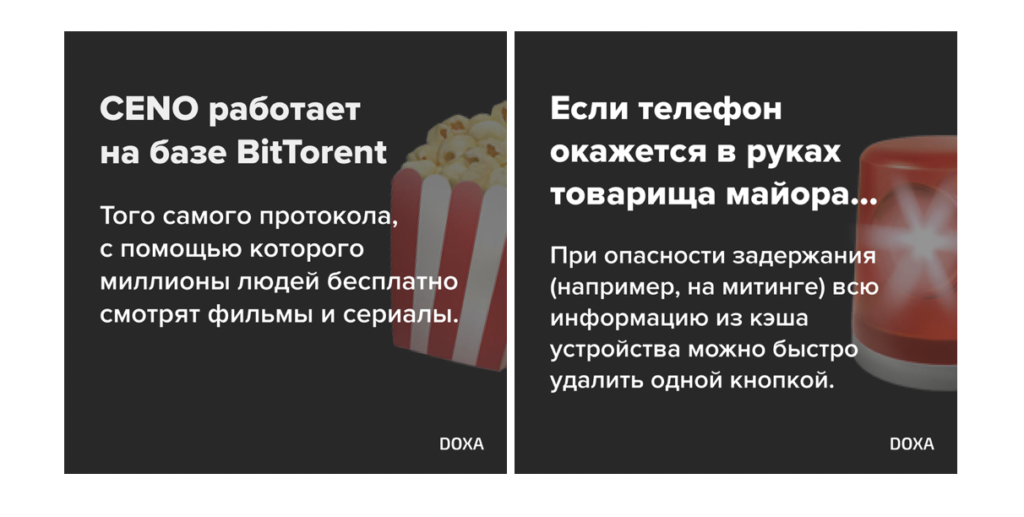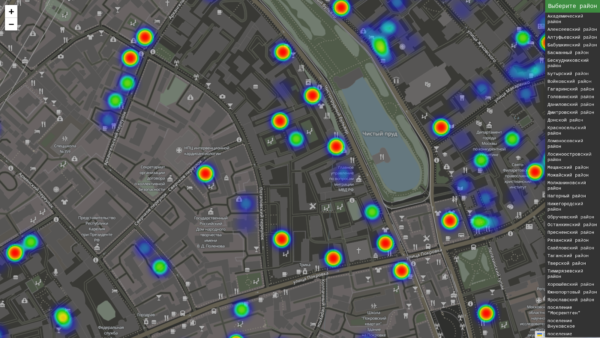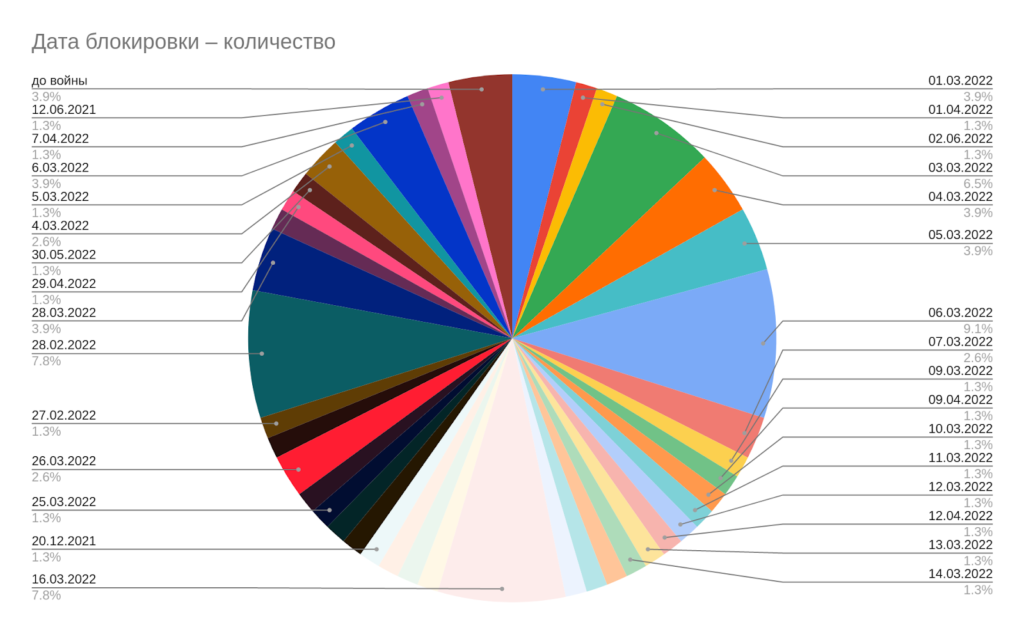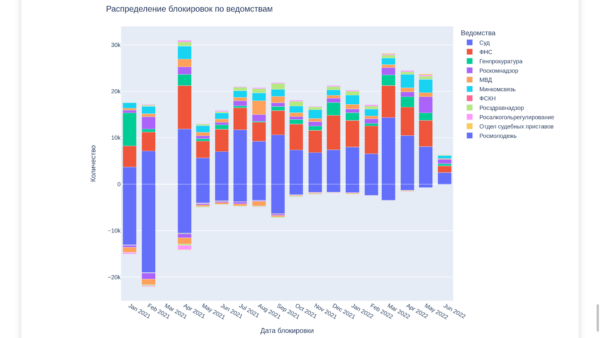What happens when not only people, but also ideas and technical projects embark on a journey? The series of conferences “Internet Without Borders” became one of the first experiments with what can be called a “nomadic hackathon.” Teams from five cities worked on the same tasks and technologies, learning from and continuing each other’s work. The technical partners of the conference – well-known projects fighting for a Free Internet (Tor, OONI, Lantern, Roskomsvoboda, AmneziaVPN, CENO, GoodbyeDPI, NewNode) – traveled from city to city, supporting the work of teams both online and offline.
In the spirit of horizontal collaboration, without a single rating scale, the nomadic Internet Without Borders hackathon assumes that the winning project is the one that continues to exist and develop after the event, receiving feedback from both local communities and technical collectives. And although two months and five cities later, the participants of the Internet Without Borders hackathon have more than 15 projects (at various stages of development), we want to highlight those that, in our opinion, have proven to be viable and are already yielding tangible results for our collective cause of fighting for Internet Freedom.
Promoting new censorship circumvention technologies
In the context of pervasive censorship and constantly evolving content blocking methods, valuable information includes not only the information itself but also the knowledge of how to access that information when it becomes unavailable and how to explain it to others. Therefore, one of the missions of “Internet Without Borders” is to popularize access to censorship circumvention tools.
During the first tour of the “Internet Without Borders” hackathon, teams from Tbilisi and Warsaw were able to develop a comprehensive information campaign to popularize the CENO browser (censorship.no), which utilizes a new censorship circumvention technology based on the BitTorrent protocol and Ouinet network. The teams found the right words to explain how this new tool works to a wide audience and created two sets of social media cards that have been shared by several popular media outlets, garnering tens of thousands of views (for example, DOXA Telegram post). Sometimes, a hackathon is not just about super complex technical solutions but also about new approaches to content!

Invisible and Free: An Online Map for Activists
The team working on the task assigned by Roskomsvoboda in Yerevan has developed a tool that allows activists to create a surveillance-free route in Moscow. In Vilnius, a heat map was added to the project. Today, when even posting anti-war stickers and posters can lead to real imprisonment, such projects prove to be truly valuable for activists. Several datasets on surveillance cameras in Moscow were used to create the tool. You can try the tool yourself, and if you are a developer, you can create a similar map for your cities using the provided source code.

Freeing Yourself from Numbers: Prototype of a Messenger without Phone Number Binding
The team behind the decentralized messenger FireSide, utilizing the content delivery network NewNode, presented a highly relevant and challenging task at the Internet Without Borders hackathon: to develop a concept for a secure messenger that eliminates the use of phone numbers as the primary user identifier. Currently, the most popular messengers like Telegram, Signal, or WhatsApp still rely on phone numbers, which poses a threat not only to users themselves but also to their surroundings in countries where obtaining an anonymous SIM card is virtually impossible. Despite the pleas of thousands of users, the legendary Signal has refused to detach itself from phone number dependency. However, several volunteers are already working on a prototype of a new messenger that doesn’t require a SIM card. NewNode has taken this team under its wing, and we can expect to have the opportunity to test this new tool in the near future!
Through Amnesia on Tor! Amazing layers of anonymity
The AmneziaVPN project team proposed several tasks of different levels during the hackathon. All of these tasks were directly related to the technical aspects of the project and the enhancement of its various modules to make AmneziaVPN more resistant to VPN blocking through DPI (Deep Packet Inspection) by adding new protocols that can disguise VPN traffic as regular web traffic. The first breakthrough occurred at the hackathon in Tbilisi, where the team members came up with an idea to support the Pluggable Transport technology for the OpenVPN protocol in the AmneziaVPN client. Significant progress has been made on this task, and work on it is ongoing. A pull request is already ready, and the new functionality will be integrated into the AmneziaVPN client in the near future.
Also in Tbilisi, thanks to discussions and consultations with participants from other teams and the Tor Project team, another task was added to support the automated deployment of a website on the Tor network.
At the Yerevan hackathon on June 4th, participants were able to make several interesting developments for AmneziaVPN, but the most resilient and useful project turned out to be the one for the automated deployment of a personal website on the Tor network using the AmneziaVPN client. Although the task was not fully completed at the Yerevan hackathon, significant progress was made, and the participant published the results in their repository.
These developments were later utilized at the Berlin hackathon on June 18th, and the task was successfully finalized. The results, in the form of a Docker image, were published by the participant in their repository. It is expected that these outcomes will be integrated into AmneziaVPN in the near future. The project can be particularly beneficial for small media outlets and activist projects that seek a way to quickly establish their own resilient resource resistant to blocking.
Other useful solutions developed within the Hackathon Without Borders
Maps and chronology of military censorship
The “Roskomsvoboda” project proposed several important tasks, which began to be worked on during the first series of the “Without Borders” hackathons. Corpora of data were collected and prepared for the analysis and visualization of information about independent media outlets that have been blocked since the beginning of the war – including dates and reasons for the blocks. The progress made by the team from Berlin:

Data on blockages in Russia since 2012 were also prepared for analysis and visualization. The data needs to be categorized by responsible authorities, visualized, and transformed into informative cards accessible to a wide audience. The initial drafts prepared by the team in Vilnius:

Another fundamental task was discussed at the “Internet Without Borders” hackathons is finding ways to communicate about censorship with a wide audience. Why can even the earliest cases of website blockages be considered as early signs of socio-political crises? How can we reach out to those who do not perceive censorship as a problem? This research task remains unfinished and transitions to the second round of the “Internet Without Borders” hackathons. It requires not only technical specialists but also political scientists, philosophers, educators, individuals with pedagogical and aesthetic sensitivity, designers, and social media specialists to be involved.

